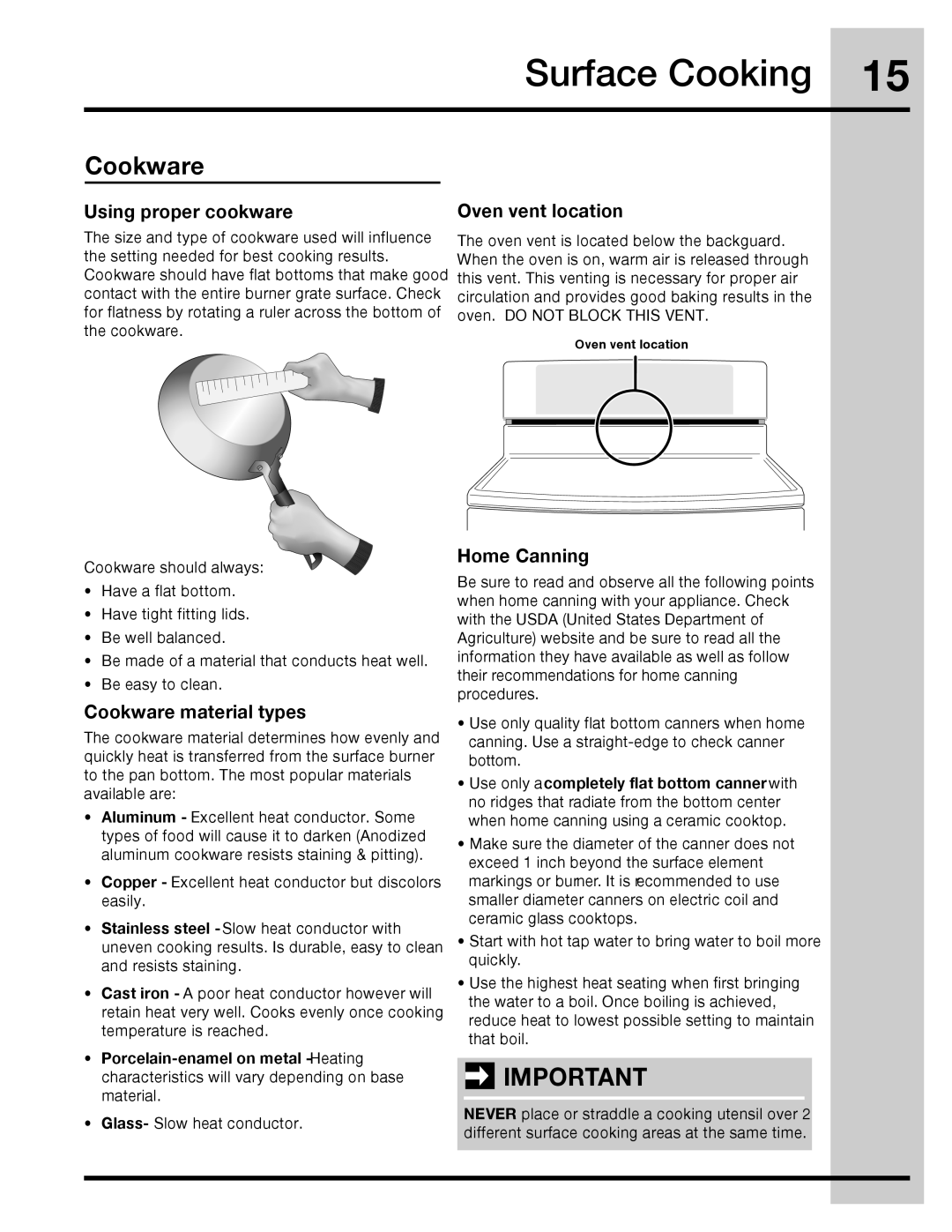316471400 specifications
The Electrolux 316471400 is a premium range replacement part designed to enhance the performance and longevity of various Electrolux models. This versatile component is a perfect replacement, ensuring your appliances operate at their best while maintaining top-notch efficiency.One of the main features of the Electrolux 316471400 is its robust construction, designed to withstand the rigors of everyday use. Made from high-quality materials, this part promises reliability and durability, providing users with confidence in its long-lasting performance. It is engineered to fit seamlessly into a variety of Electrolux appliances, making installation straightforward and hassle-free.
In terms of technology, the Electrolux 316471400 incorporates advanced engineering principles that reflect Electrolux's commitment to innovation. The design of this component is specifically meant to boost the efficiency of the appliance in which it is installed, ensuring optimal functionality. The part is rigorously tested to meet the high standards set by Electrolux, providing peace of mind for consumers who require dependable performance from their kitchen or laundry appliances.
The Electrolux 316471400 is designed for optimal compatibility with a wide range of Electrolux models. This flexibility ensures that customers only need one part for various repairs, simplifying the maintenance process. Furthermore, the easy installation process means that users can replace the part without the need for specialized tools or professional help, saving both time and money.
This replacement part is also designed with user safety in mind. Electrolux prioritizes safety in all their products, and the 316471400 is no exception. It meets industry standards and regulations, ensuring that it functions safely within the appliance, providing users with a sense of security during operation.
In addition to its functional attributes, the Electrolux 316471400 is also energy-efficient, aligning with modern consumer demands for eco-friendly appliances. This part helps reduce energy consumption, leading to lower utility bills and a smaller carbon footprint.
Overall, the Electrolux 316471400 stands out as a vital component for those looking to maintain or repair their Electrolux appliances. With its durable construction, advanced technology, easy installation, and commitment to safety and efficiency, it is an excellent choice for savvy consumers looking to keep their appliances running smoothly.

